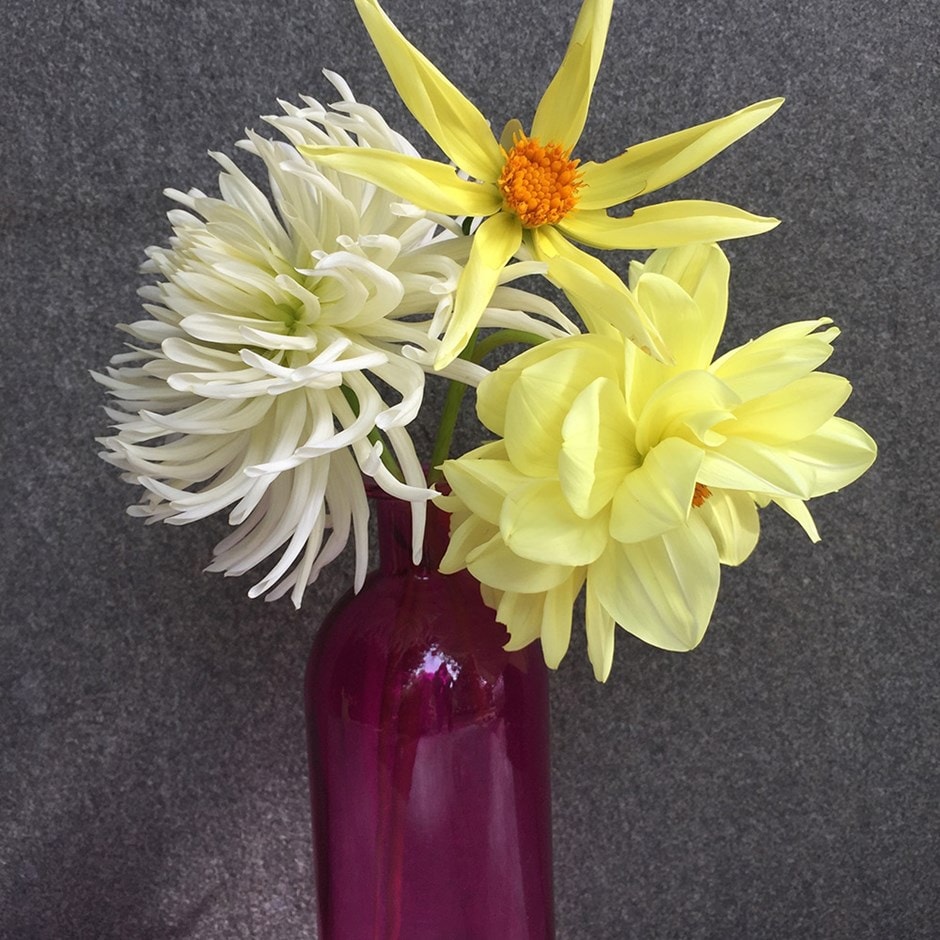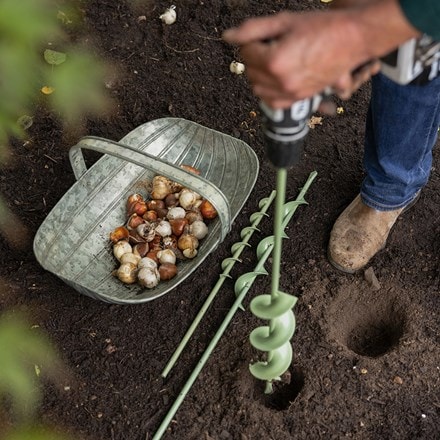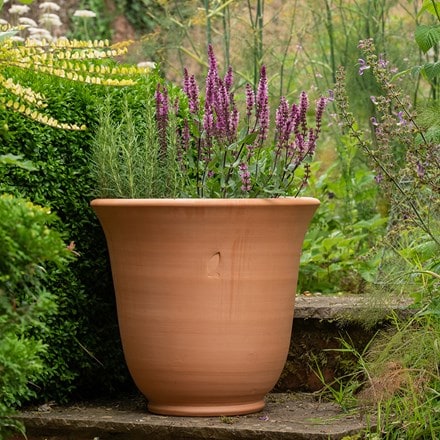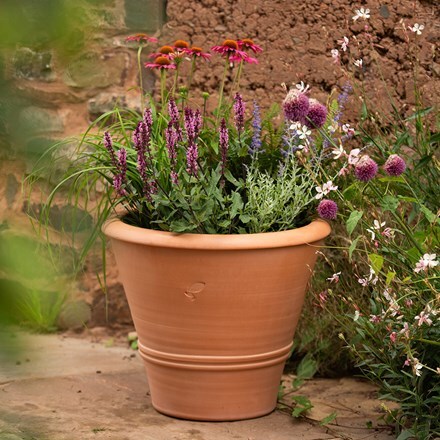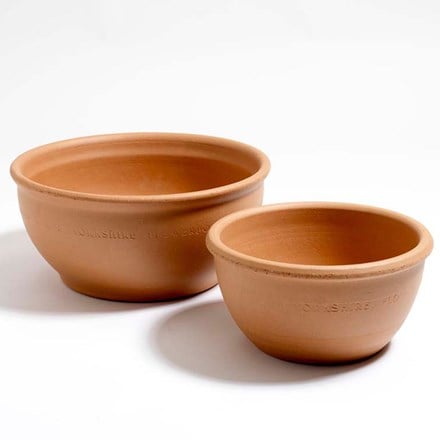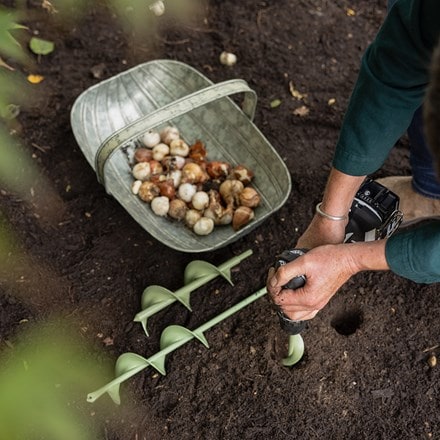Lemon zest dahlia collection
dahlia collection
- 1 × collection | 3 tubers
- £15.99
- available to order from winter
- 2 + 1 FREE collections | 9 tubers
- £31.98 £47.97
- available to order from winter
Delivery options
- Bulbs (only) £4.95
- Position: Full sun
- Soil: Moderately fertile, moist, well-drained soil
- Rate of growth: Average
- Flowering period: July to September
- Hardiness: Half hardy (may need winter protection)
Zesty, creamy lemon colours add a freshness to late summer displays - the perfect antidote to the sultry heat of summer. The different types of flowers in this collection will add interesting texture and contrast yet complement each other perfectly.
In each collection you will receive one tuber of each of the following cultivars:
- Dahlia 'Honka': Simple, star-like yellow flowers with a light fragrance, top sturdy stems from midsummer. Each flower is made up of eight petals, which curl inwards towards their tip, around a bright orange centre. Perfect for planting in pots on the patio as the tubers must be lifted and overwintered in a frost-free place in all but the warmest areas. Grows to 60cm.
- Dahlia 'Glorie van Heemstede': Waterlily-like flowerheads, up to 15cm across, look luminous against the backdrop of the rich green foliage when they appear from midsummer onwards. This will really pack a punch in the border, prolonging the season of colour and interest well into autumn. Plant them in drifts or clumps so you have plenty for the vase. Grows to 130cm.
- Dahlia 'Tsuki-yori-no-shisha': Impressive flowerheads (up to 20cm across) are packed with lots of petal-like ray florets, divided at their tips to create a feathery effect. This semi-cactus dahlia originates from Japan, but will make a big splash here in your garden in the UK. Grows to 120cm.
Dahlia tubers can be planted outside after frost, or started off in pots under glass in late winter to early spring. Plant them horizontally approximately 12cm deep, making sure the ‘eyes’ are uppermost. Allow enough room between each tuber so the plants can grow and spread to their full size without being overcrowded. While in growth, provide a high-nitrogen liquid feed each week in June, then a high-potash fertiliser each week from July to September. Stake with canes or brushwood if it becomes necessary. In mild areas, leave them in situ over winter, but protect the crown with a generous layer of dry mulch. In colder areas, carefully lift and clean the tubers once the first frosts have blackened the foliage and allow them to dry naturally indoors. Then place the dry tubers in a shallow tray, just covered with slightly moist potting compost, sand or vermiculite and store in a frost-free place until planting out again.
- Humans/Pets: Ornamental bulbs - not to be eaten
